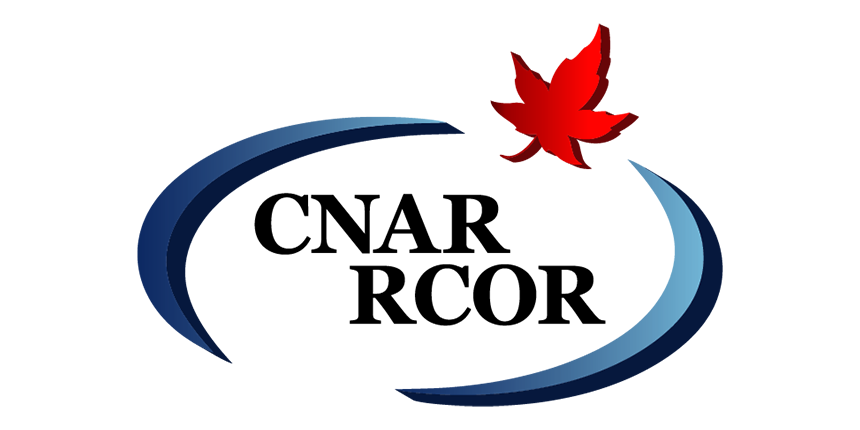

The Canadian Network of Agencies for Regulation (CNAR) recently held a virtual discussion on the mandates of regulatory bodies vs. professional associations.
The panel explored what it means to serve a profession, both in providing regulation and protecting public interest, and in serving the professionals themselves and their profession as a whole. Specifically, how to approach having two separate organizations that must coexist in a similar space and the challenges and considerations inherent when creating separate bodies.
Claude Balthazard, Registrar and VP Regulation, Human Resources Professionals Association, facilitated a panel with Jody-Lee Farrah, Executive Director & Registrar, Alberta College of Social Workers; Joy Peacock, CEO & Registrar, College of Registered Nurses of Alberta; and Richard Spelliscy, Registrar & CEO, College of Alberta Psychologists.
These three speakers represent a range of experiences. The provincial psychologists separated their organization in 1995 and are used to functioning with a separate regulator and professional association. Nurses in Alberta recently made the decision to split the two roles within the past few years, while Alberta social workers are currently in the midst of separating as a result of new legislation.
One of the issues at the center of separating regulatory bodies from professional membership is whether or not the two mandates of public interest and professional interest are mutually exclusive. For many dual-purpose regulators, the answer would be no. Protecting the public interest is a vital part of being a professional. In addition, it is in the public’s interest to have sufficient, engaged, and informed registrants; professional associations help to deliver these outcomes.
“The pathway to becoming a recognized profession is through professional association. So being a professional association is so deeply a part of not only our profession’s history but in the roots and heart of our organization,” explained Jody-Lee Farrah of the College of Social Workers.
The college had to consider what this change would mean for them, how the members would be impacted, and how the profession would be changed. For this reason, trying to separate their regulatory body and professional association has been difficult and has required multiple discussions about the identity and goals of their regulating college and their newly formed professional association.
Richard Spellicsy from the College of Psychologists agreed that professional associations must consider the public. “Strong associations lead to strong public protection elements because they address one of the key factors that is an antidote to professional conduct issues, and that’s engagement.” However, he has found that for psychologists, the separation helps to provide clear roles and less internal conflict.
Joy Peacock from the College of Registered Nurses also pointed out that the separation allowed the new professional association to expand to cover all interested members of the nursing profession, not just those who were licensed. This means their regulatory body can focus specifically on their licensed registrants, and the membership organization could grow exponentially, and provide a voice for those who are unlicensed.
All three were quick to point out that their work could not be done without their corresponding member associations.
“Relationships are everything,” Peacock stated. “It’s respect, understanding, and knowing that they’re in their early days.”
Each had several examples of collaborative programs and initiatives that are being done together, including developing professional programs, engaging in continuing education, and collectively working on competencies for best practices, promoting mobility, and national standards.
They all agreed on the necessity for constant communications between the regulator and the professional association, along with shared information and resources, to best serve members and the public.
Currently, most provincial and territorial engineering regulators serve as both a regulator and a professional association. Ontario and Quebec are exceptions, with the Ontario Society of Professional Engineers (OSPE) and Quebec’s Genium 360 serving as professional associations in their respective provinces.
For dual-purpose engineering regulators, the key lesson may be to take the time to consider how they split their resources between their mandates and how they manage internal conflicts between public protection and professional interest. Because the line between these two mandates is not always clear—and not mutually exclusive—engineering regulators should consider how they interact with their registrants. Being aware of when they are acting as a regulator and when they are acting as a professional association—by considering what outcomes they are trying to achieve, and for whom—will provide clarity to registrants, the public, and to government on the value they provide.


